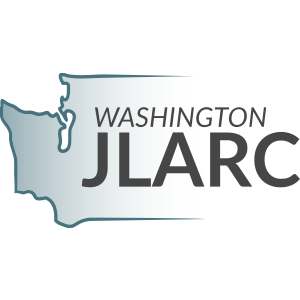Voters approved Initiative 900 (I-900) in the November 2005 general election which authorized the separately elected Washington State Auditor to conduct independent, comprehensive performance audits. The resulting law provides the Office of the Washington State Auditor (WA SAO) with the authority to audit any state agency, local government, or public education agency/institution. I-900 requires the Legislature to hold public hearings within 30 days of the WA SAO releasing audits of state agencies, to consider audit findings and receive public testimony.
Public Hearing
- "Evaluating State Oversight of the Cannabis Industry Follow-up"
In 2018, [the Office of the Washington State Auditor (WA SAO)] conducted a performance audit designed to help Washington’s Liquor and Cannabis Board (LCB) identify risks in managing the newly created recreational cannabis industry. We recommended LCB develop and automate risk management tools that could use existing tracking data to identify potentially illegal transactions. Such tools would allow regulators to prioritize enforcement and auditing of licensees based on risk, but LCB has not yet implemented our recommendations. This audit will consider the obstacles the agency encountered in doing so, and how it currently ensures efficient, targeted, industry regulation to minimize criminal activity. In particular, the audit will evaluate how LCB prioritizes its enforcement and audit activities to minimize illegal production and diversion of cannabis products to the black market.
from the WA SAO website (October 16, 2024)
